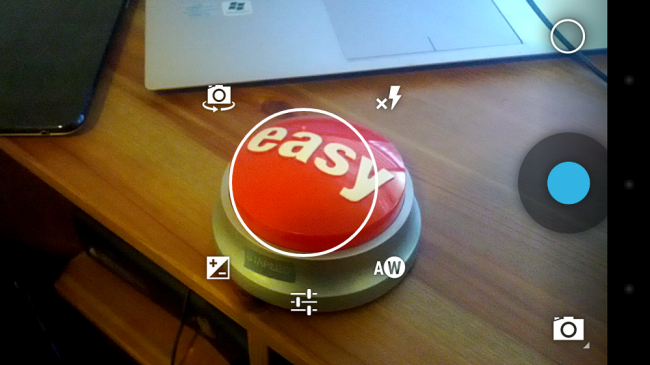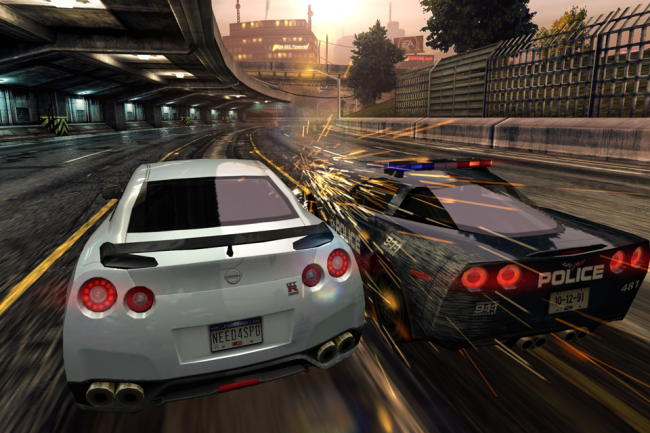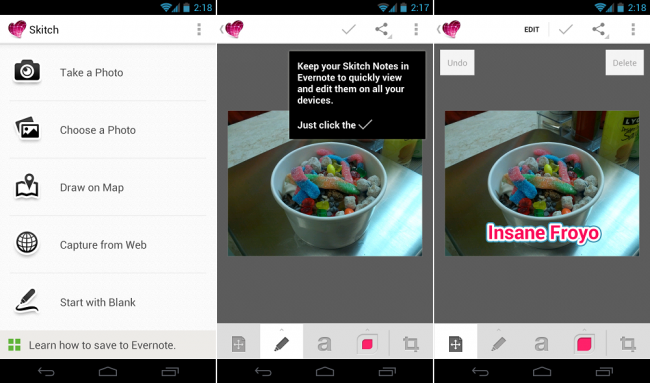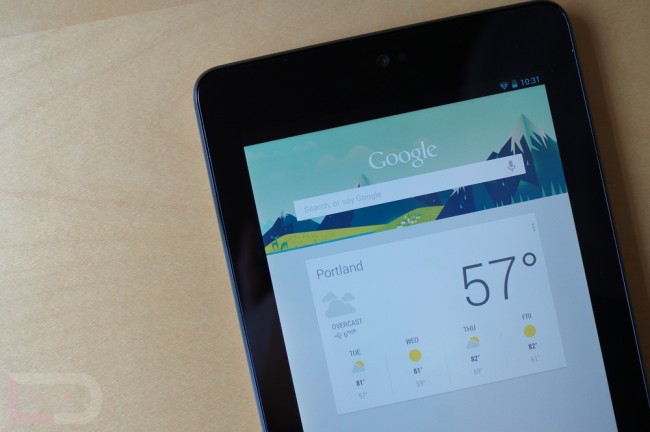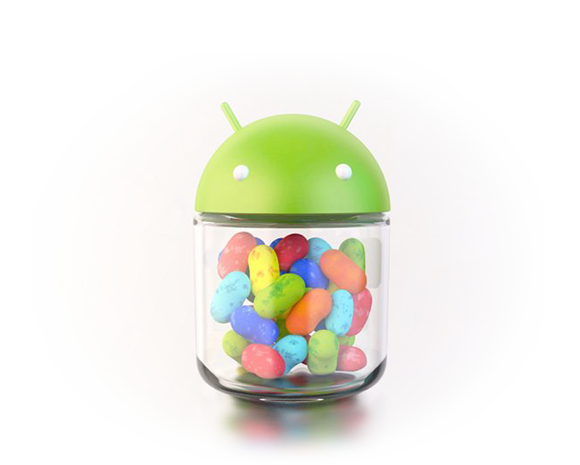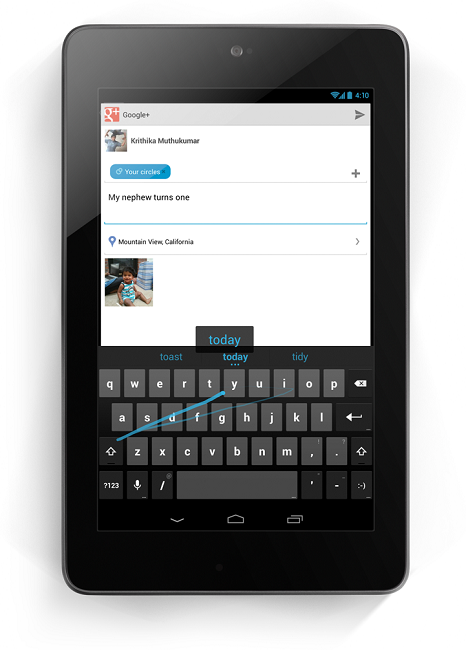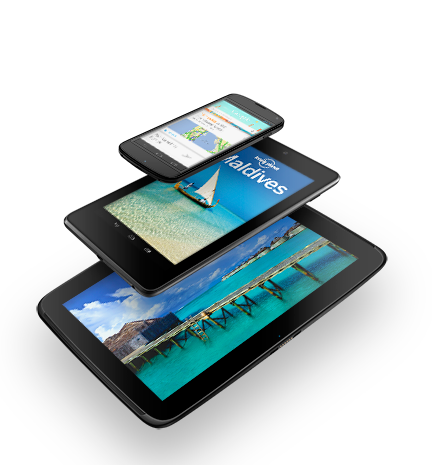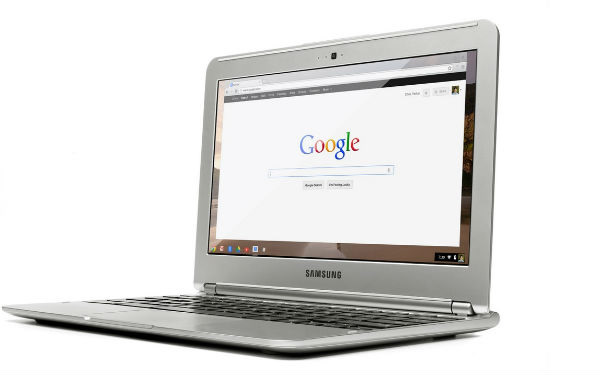La principal aplicación para gestionar el correo electrónico en iOS es
Mail. Google lanzó su propia aplicación de Gmail, pero sigue sin estar a la altura; y Sparrow, la principal alternativa a la aplicación de serie, después de ser adquirida por la propia Google vio frenado su desarrollo. No es que Mail sea una mala opción, al contrario, cumple perfectamente con su cometido; más aun desde iOS 6, donde ha ganado muchos detalles que aportan comodidad a su uso, así que en este artículo veremos algunos de los
trucos para sacarle partido.
Contactos VIP
Es muy probable que conozcáis esta opción, pero para el que no la conozca, su fundamento se basa en seleccionar nuestros
contactos más importantes como VIP. Esto hará que Mail dedique una bandeja de entrada en exclusiva a los correos enviados por estas personas, aislándolos del posible ruido de todos los correos entrantes.
Ver más correos en la bandeja de entrada

Esta opción se encuentra en la sección de ajustes dedicada a Correo, contactos, calendario. Una vez aquí tendremos que modificar la previsualización; por defecto se encontrará en 2 líneas, y
cambiándola a 1 línea o ninguna permitiremos que en la bandeja de entrada de Mail se nos muestren más correos de un solo vistazo. Como veis, con el cambio de previsualización de 2 líneas a 1 línea ganamos espacio para ver otro correo. Esta ganancia de espacio se aprovecha incluso más con el iPhone 5.
Acceso rápido a borradores
Uno de los pequeños detalles que hace más cómodo el uso de Mail es el acceso rápido a los borradores. Simplemente tendremos que
mantener pulsado el botón de componer nuevo correo para acceder a los borradores.
Adjuntar imágenes

Anteriormente, si queríamos enviar imágenes o vídeos en iOS, teníamos que ir a la galería, seleccionar las imágenes que queríamos y enviarlas. Pero desde iOS 6, existe una manera más sencilla, y es
adjuntarlas desde el propio correo. Para hacer esto, una vez que estemos redactando una nuevo correo, tenemos que mantener pulsada la pantalla para que nos aparezca el menú de seleccionar palabras, pulsar en la flecha que apunta hacia la derecha para desplegar más opciones y veremos la opción de
Insertar foto o vídeo.
Deslizar la bandeja de entrada en el iPad
Si usamos Mail en el iPad, en posición vertical toda la pantalla está ocupada por el mensaje, pero una forma rápida de acceder a la bandeja de entrada es
deslizar el dedo hacia la derecha para mostrarla. De la misma forma, deslizando el dedo hacia la izquierda la ocultaremos.
Varias firmas y alias

Esta posibilidad era una de las más demandadas por los usuarios. Si poséis varias cuentas de correo, por ejemplo una para el trabajo y otra personal, es posible que necesitemos usar firmas diferentes para ambos casos. Esto lo podemos hacer en los ajustes de Mail, en la opción de firma, donde podremos elegir entre usar una misma para todas las cuentas o crear
una específica para cada dirección.
Obtener datos
En esta opción podremos ajustar la
frecuencia con la que Mail buscará nuevos correos. Las opciones principales son:
Push, los nuevos mensajes nos llegarán de forma inmediata y
Obtener, donde podremos elegir un intervalo de 15, 30, 60 minutos o manualmente. Esta función es muy interesante para controlar el consumo de batería, puesto que si no necesitamos la opción
push es recomendable desactivarla. Además, podemos elegir distintos ajustes para distintas direcciones.
Notificaciones personalizadas

En la línea de establecer distinta prioridad para nuestras cuentas de correo electrónico, también podremos ajustar las
notificaciones en función de las bandejas de entrada, diferenciando además la dedicada a nuestros contactos VIP. De esta forma podremos seleccionar distintos sonidos, distintos estilos de alerta, previsualización y globo en los iconos o ver en pantalla bloqueada, para dar prioridad a una bandeja de entrada frente a otra.
from AppleWeblog by Juan Díaz



